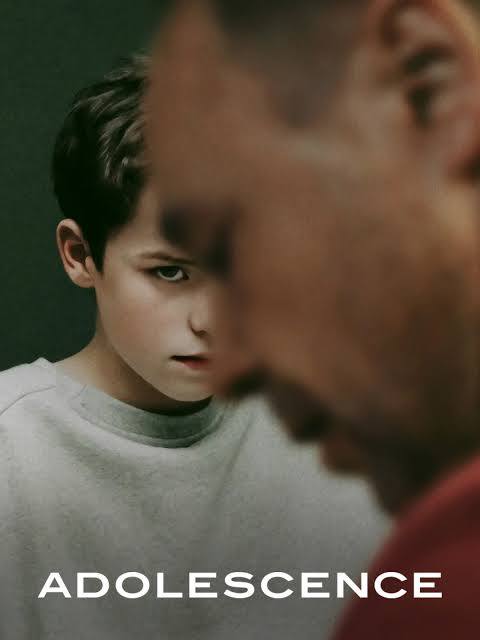Adolescence, the four-part UK psychological crime thriller, is currently the most trending TV show on Netflix—and for good reasons. The genre defying show is about a 13-year-old boy who has been convicted of killing a teenage girl of the same age. Adolescence has gotten a ton of attention worldwide for its study on the dangers of toxic masculinity on adolescent boys. It has been shown in certain schools in the UK and there have even been calls by the creators of the show to air it in the British Parliament. Adolescence is innovative for its cinematography, its acting and its message.
The first thing viewers of Adolescence will notice is the way that each episode is shot in one take. There is a reason why hardly any shows or movies are filmed this way. Simply put, it’s an incredibly hard thing to do. The one-take aspect of this show makes it to where you only see what’s going on in the present from a first-person perspective. This is to say that you, the viewer, are essentially in the room with the characters.
There are multiple subtexts, details and emotions that could only be capably portrayed through this one-take style of filming. It makes the psychological area of the show so unbelievably invigorating because the viewer can understand what the character thinks about a situation after they step out of the room, or during a break in the action—parts that are usually elided in more conventionally filmed shows. The one-take filming is as an asset.
The acting is equally impressive. Take the lead character, Jamie Miller, played by Owen Cooper. Cooper does an excellent job portraying Jamie as a boy who has anger issues, is obsessed with being liked and has an unhealthy power dynamic with his therapist.
The most important part of the show is the way it provokes thoughts about the effects of toxic masculinity on adolescent males. Through the school scene in the second episode, the therapist scene in the third, and the interplay with Jamie’s family in the fourth, we get myriad reasons why Jamie is the way he is: His middle school is not a very good one. His peers are bad influences. He is overly concerned with being popular. We see time and time again how Jamie is obsessed with his father’s attention, or lack thereof.
The main area of focus, however, is influence on the manosphere online. Perhaps there is too much focus on the influence of the manosphere, even.
Jamie’s environment, while not perfect, is relatively normal for a child in the present day. While “normal” doesn’t mean good, it does mean that Jamie is definitely an anomaly in the fact that he killed someone. The power dynamic and the messed-up nature of his brain doesn’t quite align with his environment. But saying that his participation in the manosphere is the sole cause for his antisocial behavior might be giving the manosphere a little bit too much credit.
The manosphere is definitely a toxic area that can indeed yield a huge net negative for young boys. And that’s something that absolutely needs to be addressed. But the implication that a child with a mostly decent upbringing can become a murderer just from diving way deep into that sort of online discussion is a perhaps a stretch—or, at best, so unbelievably rare and that it shouldn’t become a realistic fear for parents.
So, although the message of the show might be somewhat overly alarmist, Adolescence is nonetheless a triumph. For the one-take format and the incredible acting, this provocative show deserves huge applause.

